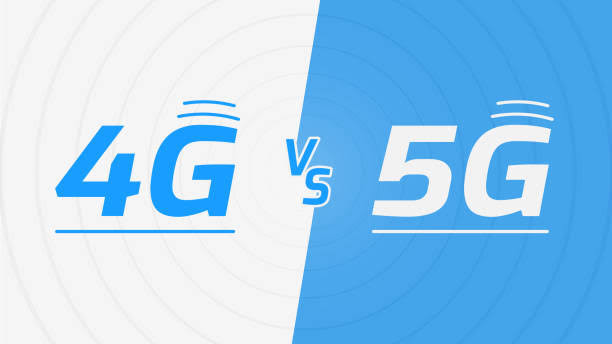5G and 4G are both cellular network technologies that are used to provide wireless connectivity to devices such as smartphones and tablets. While both technologies are similar in many ways, there are also some key differences between the two.
One of the biggest differences between 5G and 4G is speed. 5G is capable of much faster speeds than 4G, with some estimates suggesting that it could be up to 100 times faster. This means that users will be able to download and upload large files, stream high-definition videos, and play online games with much less latency.
Another key difference between the two technologies is capacity. 5G is designed to handle a much larger number of devices and connections than 4G, which means that it should be able to provide better coverage and more reliable connectivity in areas with a high density of users.
5G also has a lower latency than 4G which means less delay in the time it takes for data to be transmitted and received. This makes it a better fit for applications such as virtual reality, self-driving cars and robotics, where a low latency is critical.
In terms of security, 5G has been designed with a higher level of security than 4G. This is because 5G networks are expected to support a wide range of new IoT devices and services, which makes them more vulnerable to hacking and other types of cyber attacks.
While 5G offers many advantages over 4G, it is still in the early stages of deployment and is not yet widely available. It's expected that it will take several more years for 5G to become widely adopted and available in most areas.
In conclusion, 5G offers faster speeds, greater capacity, lower latency and better security than 4G. It is the latest generation of cellular network technology and will bring new opportunities for businesses, consumers and society as a whole. However, it is important to note that the deployment of 5G is a long-term process and it will take some time before it is widely available to all.

